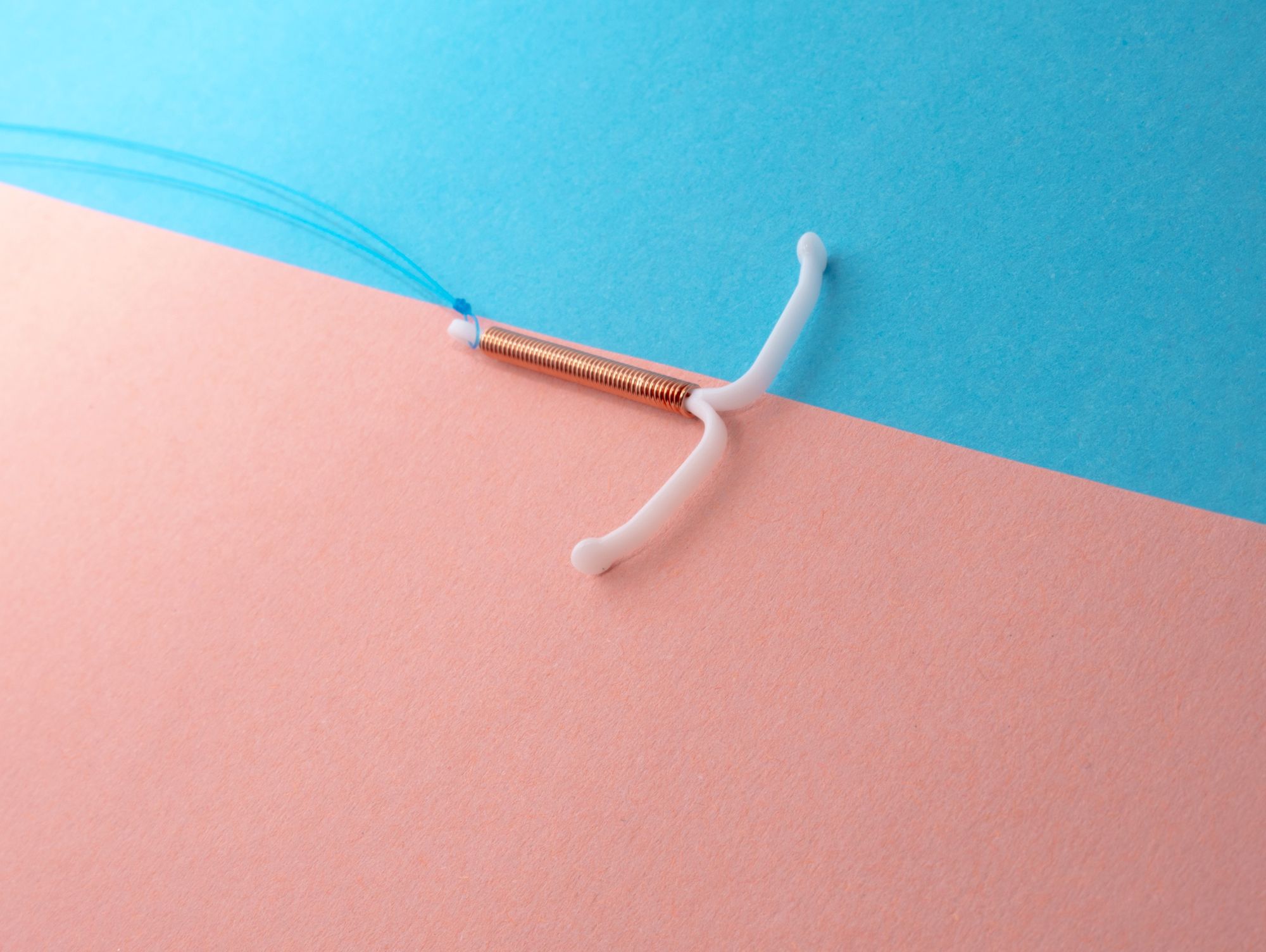A Guide for Women on Breast Self-Examination

October is Breast Cancer Awareness Month, a time dedicated to raising awareness about breast cancer, its impact and the importance of early detection.
Breast cancer is one of the most common cancers among women, but early detection can significantly increase the chances of successful treatment. It occurs when cells in the breast begin to grow uncontrollably. While the exact cause of breast cancer is unknown, several risk factors have been identified, including age, family history, genetic mutations and lifestyle choices.
By performing breast self-examination, women can become familiar with their breasts, making it easier to notice any changes.
How to perform a Breast Self-Examination
Choose the right time
Perform your self-exam once a month, ideally a few days after your menstrual period ends when your breasts are less likely to be swollen or tender. If you no longer have periods, choose a consistent day each month.
Visual examination
– Stand in front of a mirror with your arms at your sides.
– Look for any changes in the shape and size of your breasts, as well as any visible lumps or bumps.
– Raise your arms above your head and look for the same changes.
Physical examination
– While lying down, use your right hand to examine your left breast and vice versa.
– Use your fingers to feel for any lumps or abnormalities. Move your fingers in a circular motion, covering the entire breast area, including the armpit.
– Apply different levels of pressure (light, medium, and firm) to feel for any unusual textures or lumps.
Check for changes
– Pay attention to any changes in your nipples, such as discharge (other than breast milk), inversion or changes in skin texture.
– Perform the examination on both breasts, noting any differences.
What to do if you notice changes
If you detect any lumps, changes, or abnormalities during your self-exam, don’t panic. Many changes are not cancerous, but it’s important to consult a healthcare professional as soon as possible for further evaluation. Early intervention is key in addressing any potential issues.
Additional tips for breast health
– Schedule regular screenings: Follow the recommended guidelines for mammograms based on your age and risk factors.
– Maintain a healthy lifestyle: A balanced diet, regular exercise, and avoiding tobacco can help reduce your risk of breast cancer.
– Know your family history: If you have a family history of breast cancer, discuss it with your healthcare provider to determine your risk and necessary screenings.
Breast Cancer Awareness Month serves as a reminder for women to prioritise their breast health. By performing regular self-examinations and staying informed about breast cancer, women can take an active role in their health. Early detection saves lives, so don’t hesitate to reach out to a healthcare professional if you have any concerns.







